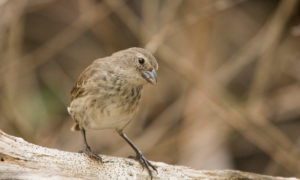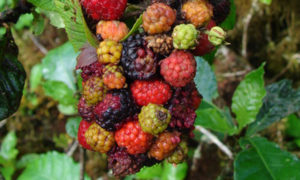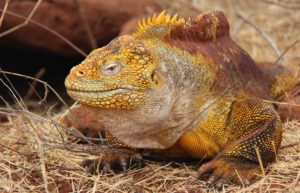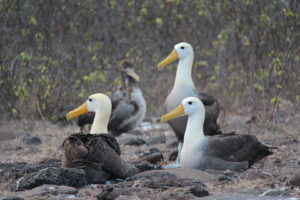Return to the mangrove
THE GALAPAGOS ISLANDS
The Galapagos Islands are situated 1,000 km from the Ecuadorian coast in the Pacific Ocean. The archipelago and its marine reserve are unique. Its geographical isolation led to the evolution of unusual species – such as marine iguanas, flightless cormorants, giant tortoises, huge cacti, endemic daisy trees and the many different mockingbirds and finches – all of which helped inspire Charles Darwin’s theory of evolution by natural selection following his visit in 1835. The archipelago receives protection through the Galapagos National Park, created in 1959, and covering 97% of the archipelago, named as a UNESCO World Heritage site in 1978, and the Galapagos Marine Reserve created in 1998 that extends 50,000 square miles. However, many of the unique species and ecosystems remain threatened. Unlike other places in the world, the biggest threat comes from invasive species that make life difficult for the original inhabitants. Managing invasive species can be difficult and requires high quality research combined with adaptive management. Successful projects also rely on great inter-institutional collaboration with the participation of managers, scientists, field staff, local stakeholders and community members, as well as sufficient and long-term funding to ensure long-term conservation action. Galapagos is famous for successful conservation action and more action is needed to manage continuing problems as well as threats of new arrivals from the mainland. Galapagos Conservation Action is committed to providing support to ensure that Galapagos conservation priorities can be delivered to their maximum using a science-based inclusive and adaptive approach.
PROJECTS WE SUPPORT
The conservation of the critically endangered Mangrove Finch and biological control of the highly invasive blackberry plant known as Mora are the current projects GCA are working on. Learn about our projects to help us conserve and restore the unique biodiversity of Galapagos.





